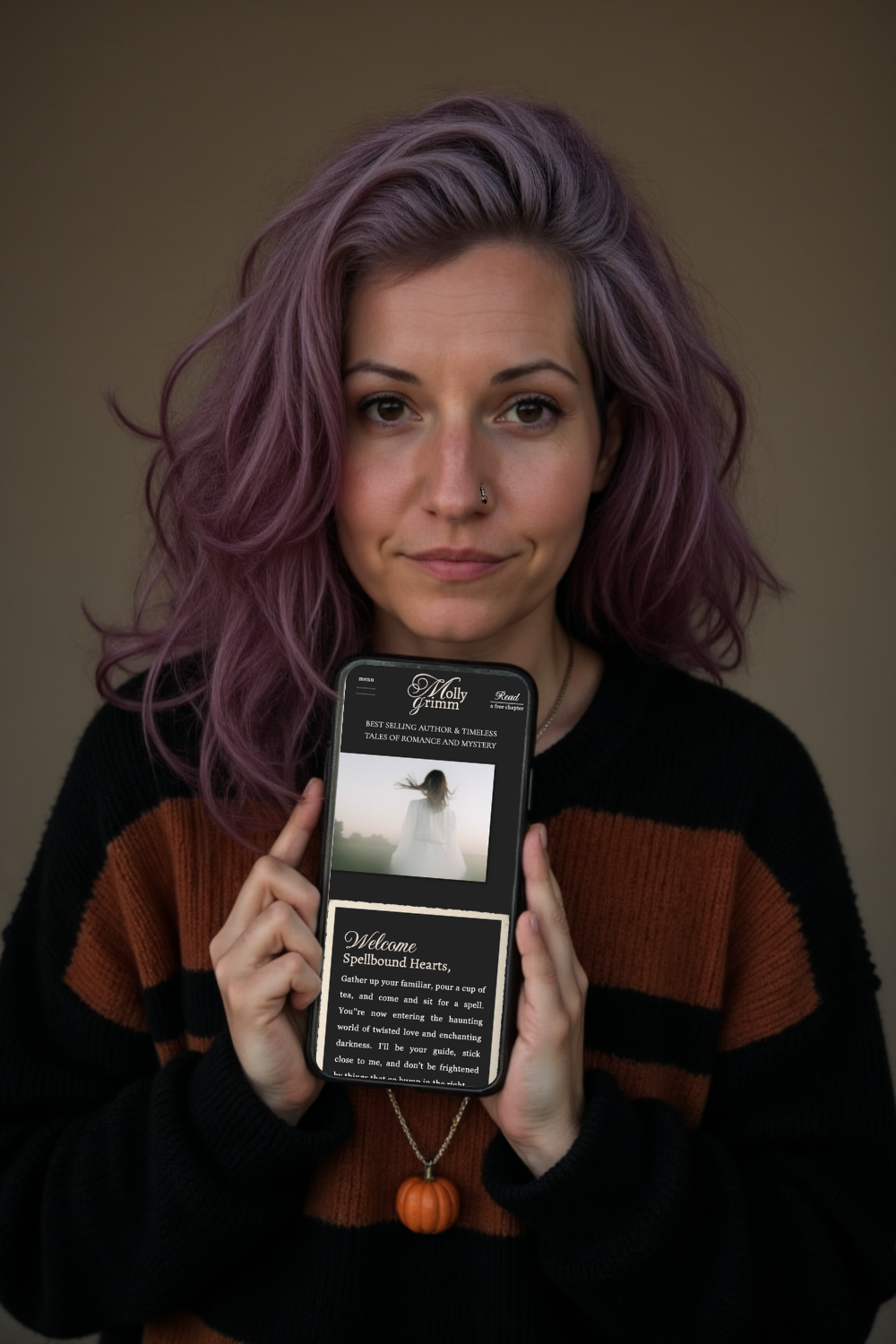Online aesthetics do not remain static. They evolve, overlap, and blend, giving rise to hybrids that feel both fresh and familiar. Just as gothic architecture in the Victorian era drew on medieval ruins while adding modern flourishes, today’s digital aesthetics remixes gothic elements into new constellations of identity. These hybrids are not accidents—they are the natural outcome of communities sharing, adapting, and personalizing mood.
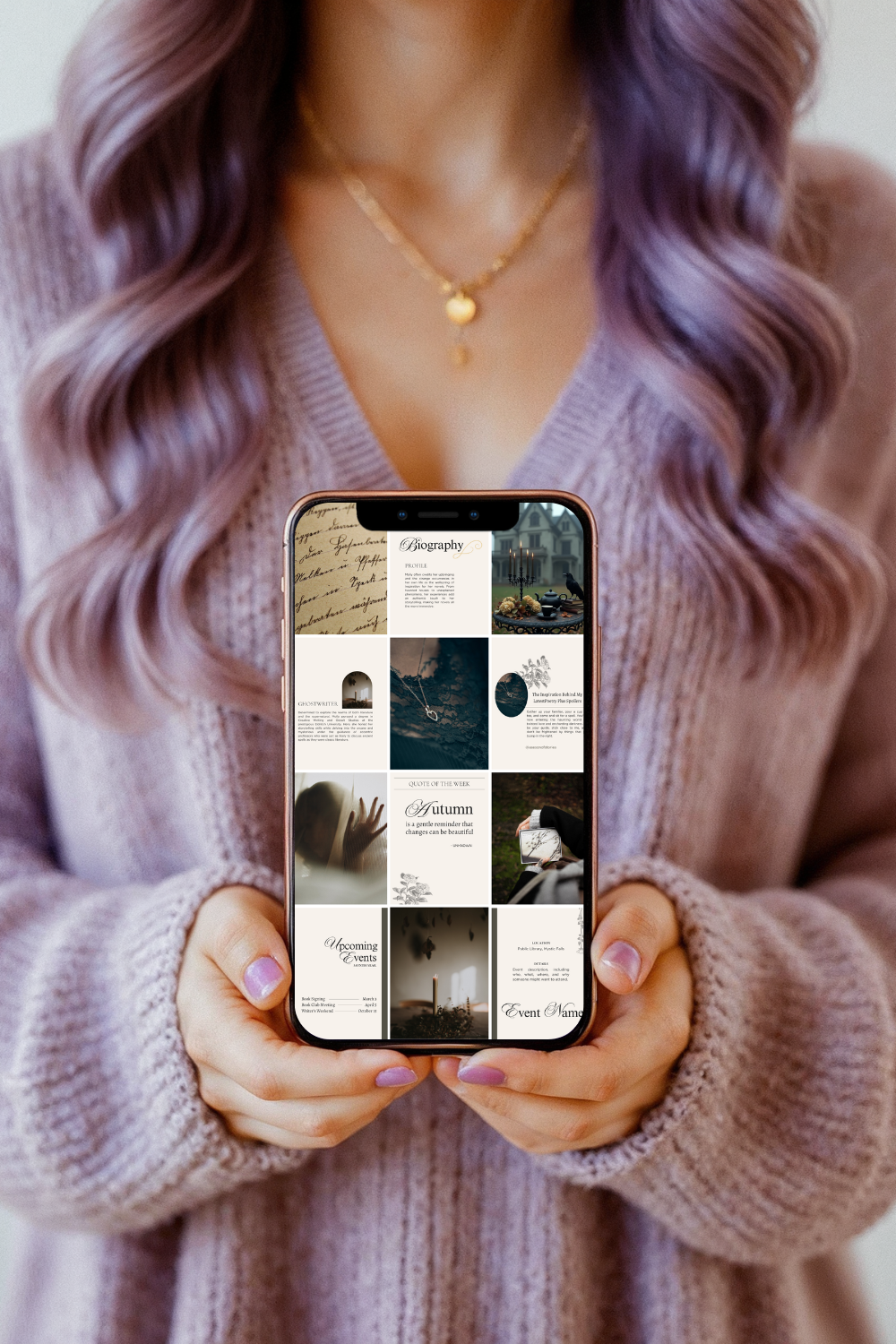
The Digital Nature of Aesthetics
The internet accelerates aesthetic evolution. Platforms like TikTok, Pinterest, and Instagram favour quick recognition, where a single image can signal a mood. But because audiences overlap, so too do their aesthetics. Someone drawn to Dark Academia may also feel at home in Cottagecore. A WitchTok practitioner may also be enchanted by Whimsigoth. Out of these overlaps, hybrid aesthetics emerge.
These hybrids reflect individuality. Few people want to belong to one subculture fully; instead, they strive to create a style that feels uniquely their own. Online, this often means borrowing gothic elements—candlelight, velvet, autumnal palettes—and weaving them into broader identities.
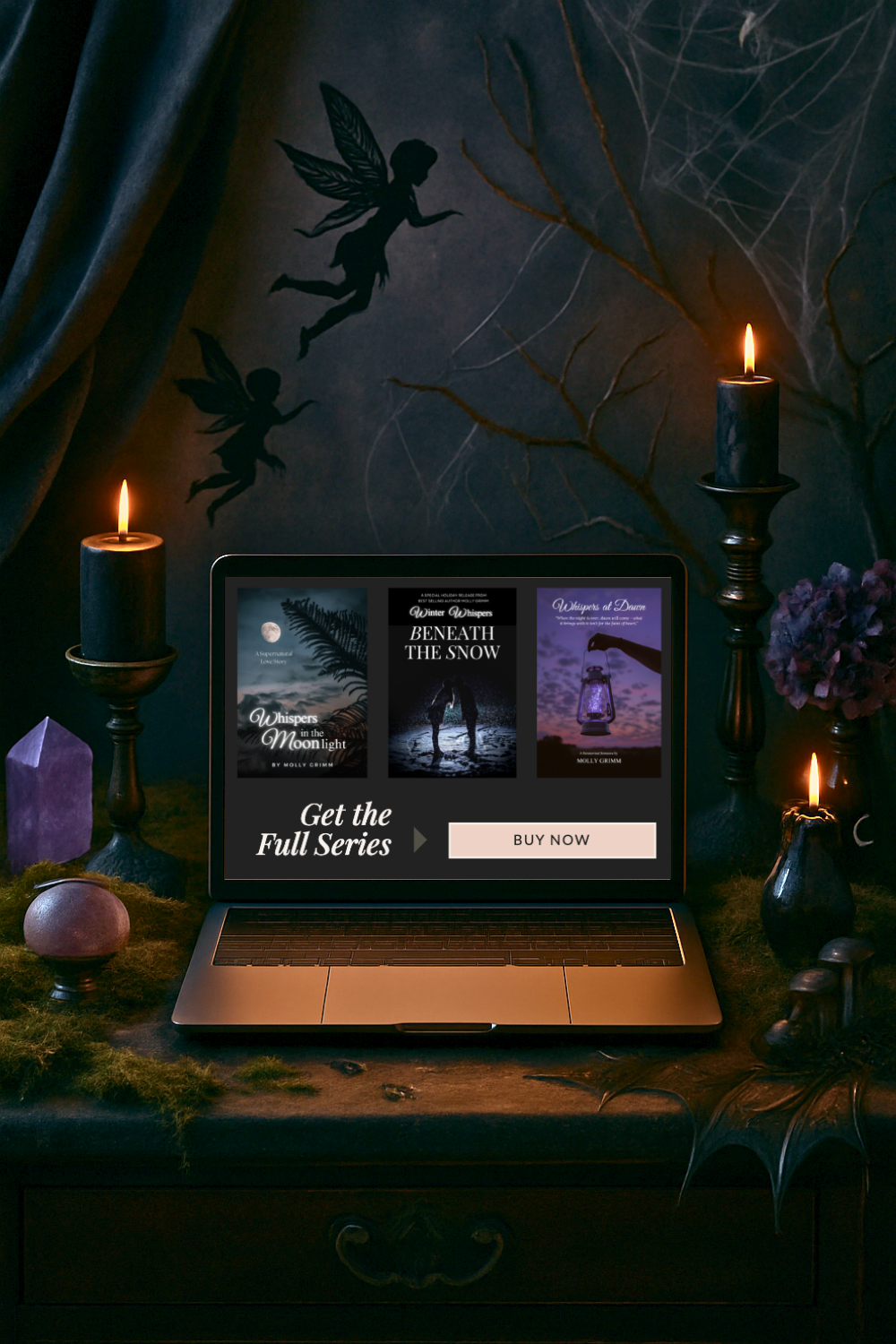
Examples of Hybrid Aesthetics
- Cottage Gothic: A softer cousin of Cottagecore, where cozy cottages are framed with ivy, dried flowers sit beside old spellbooks, and pumpkin patches replace pastel gardens. It’s a rustic life with a gothic aesthetic.
- Fairy Goth: A whimsical blend of gothic style with fairy imagery—dark wings, enchanted forests, glittering makeup paired with lace and velvet. It retains gothic richness but adds otherworldly sparkle.
- Dark Cottagecore: A mood that emphasizes the shadowed corners of pastoral life—mossy forests, candlelit kitchens, autumn harvests under stormy skies. It shares with gothic coziness the love of aesthetics, but roots it in nature.
- Whimsigoth Academia: A cross between the studious ritual of Dark Academia and the magical, cozy interiors of Whimsigoth—where stained glass lamps light a library, and essays are written under hanging moons and stars.
These hybrids may sound playful, but they reveal something profound: Gothic aesthetics are adaptable. They thrive when blended, taking on new life without losing their core values of aesthetics, ritual, and beauty in shadow.
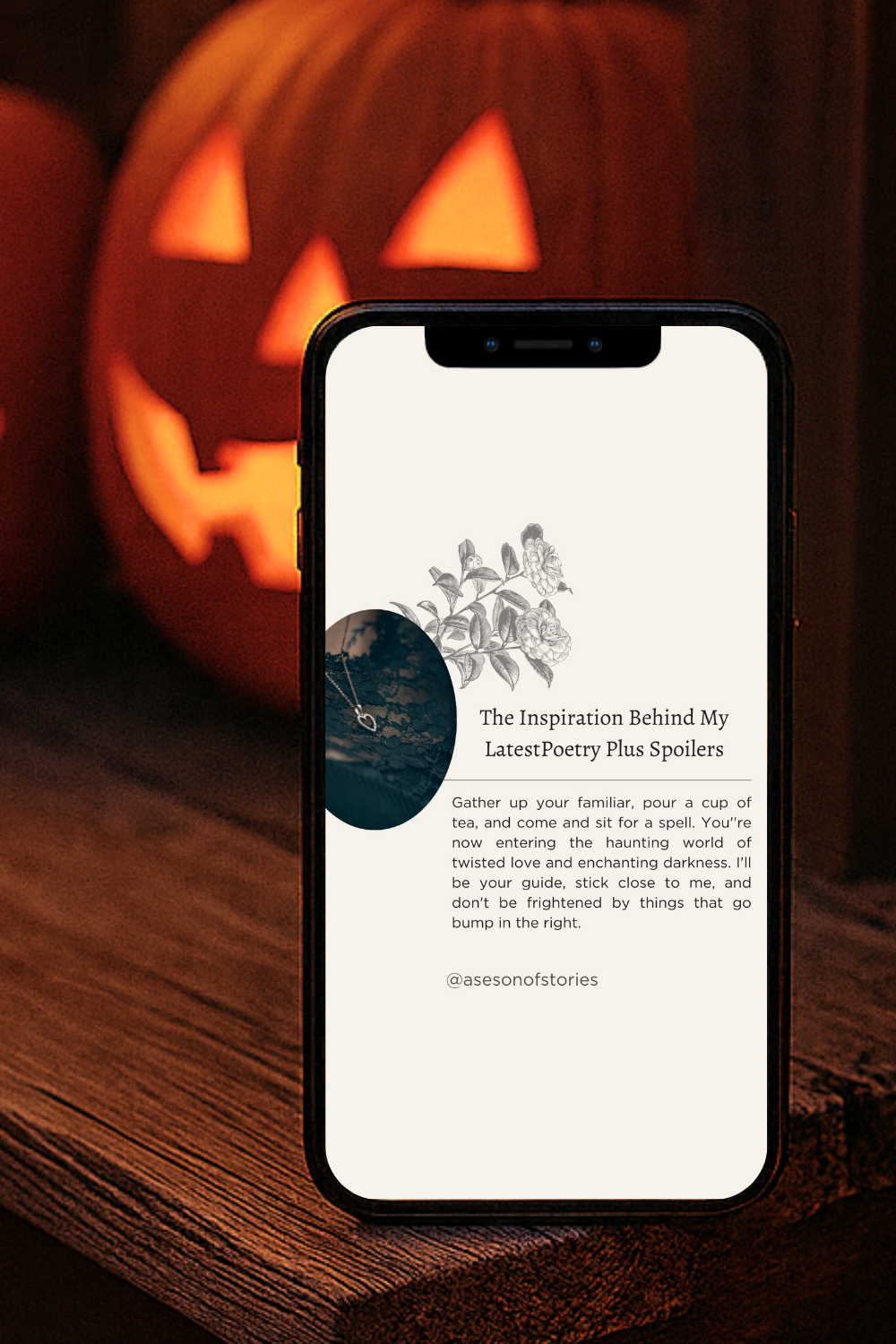
Personalization as Ritual
In hybrid aesthetics, personalization itself becomes ritual. A creator might light candles before studying (Dark Academia), decorate their desk with crystals (WitchTok), and fill their shelves with pumpkins (Pumpkin-core). None of these choices cancel out the others—they layer together to form a uniquely Gothic lifestyle.
Online, these hybrids are celebrated. Mood boards and TikToks often mix elements freely, refusing strict labels. The joy is in the layering, the discovery that an aesthetic can be crafted from multiple sources. This flexibility is part of what makes gothic aesthetics so enduring: they do not demand exclusivity; they invite creativity.
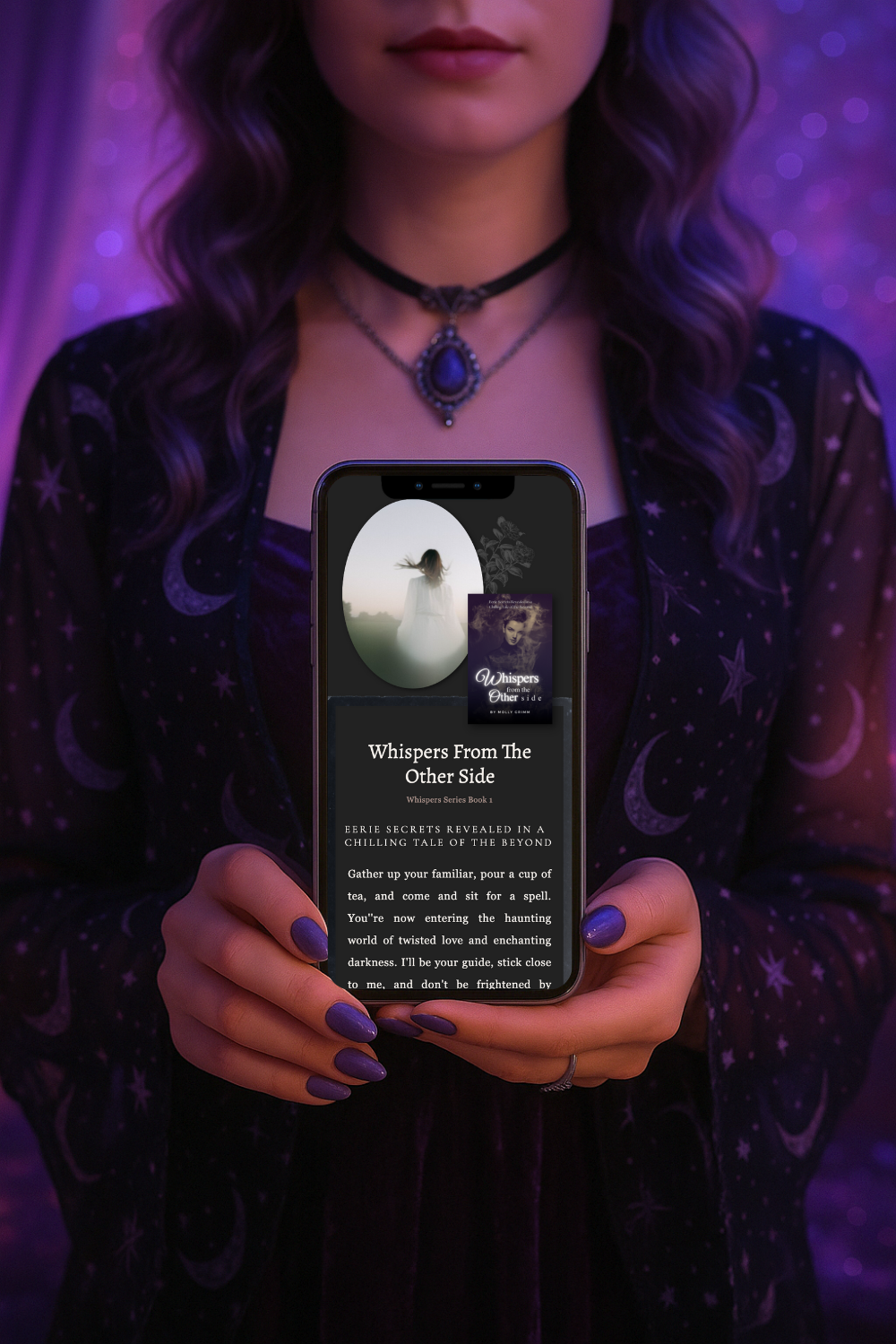
Identity Through Aesthetic
What ties all these hybrids together is aesthetics. Whether someone identifies with Dark Academia, Whimsigoth, or Pumpkin Core, what they are ultimately curating is their mood. Gothic aesthetics provide a common thread: candlelight, shadows, elegance, and coziness. By weaving gothic elements into hybrid forms, individuals create aesthetics that feel personally meaningful.
These aesthetics are identities. Online, to curate a feed is to declare: this is who I am, this is what I find beautiful. Hybrid aesthetics enable people to express not only their love of Gothic coziness but also their affection for nature, magic, scholarship, or whimsy.
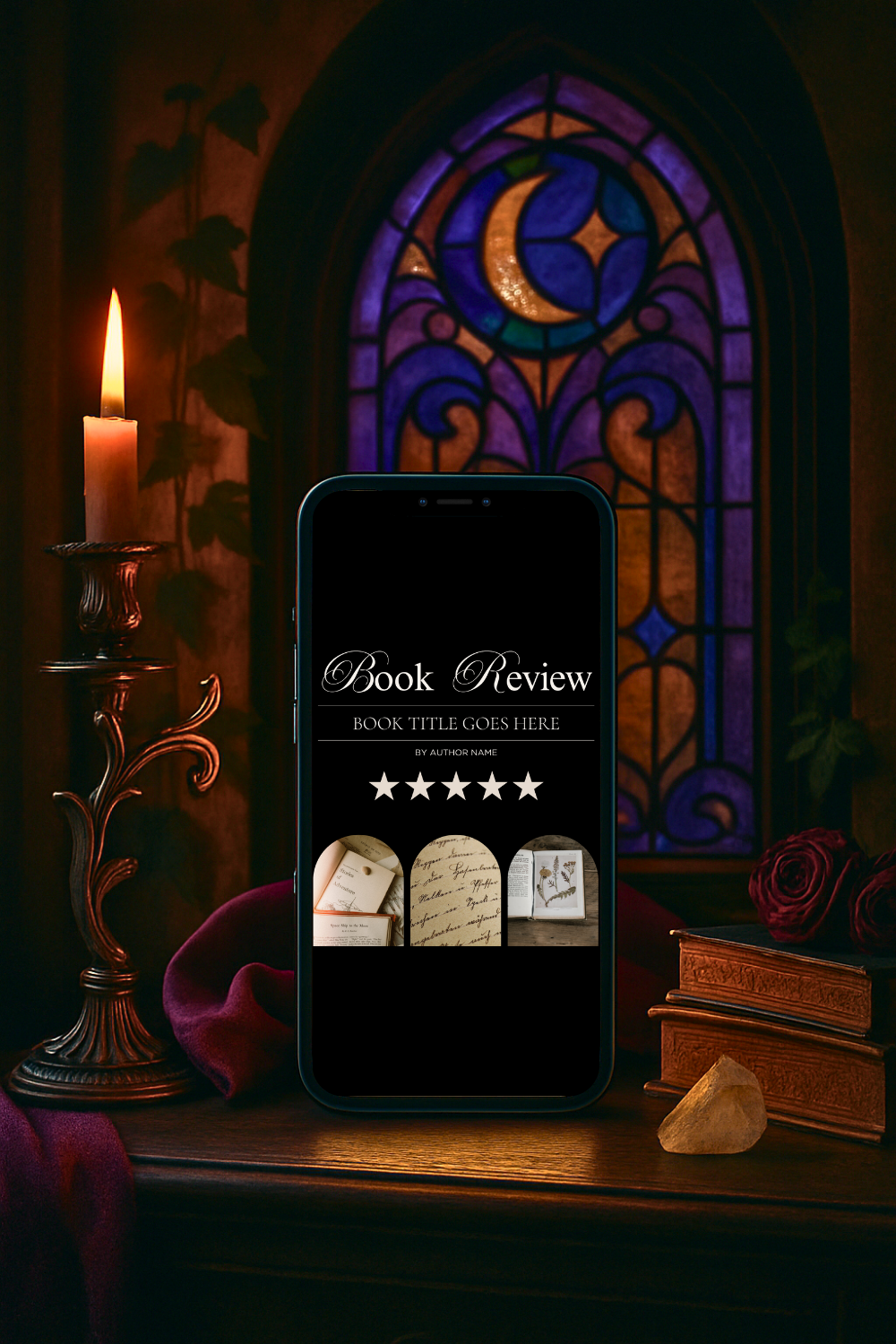
The Future of Gothic Hybrids
Hybrid aesthetics are not a passing phase—they are the future of digital culture. As long as people gather online, they will remix, adapt, and invent. Gothic elements will remain central to this process because they are so flexible. A velvet curtain can belong to a library, a cottage, a magical altar, or a pumpkin-lit porch. An ivy-covered ruin can be Dark Academia, Cottage Gothic, or Fairy Goth.
The adaptability of gothic coziness ensures that it will never fade. It may change costumes, blending with new subcultures, but its essence—beauty in shadow, elegance in ritual, aesthetic in detail—will remain. Online, this hybridity keeps gothic alive, endlessly evolving into new identities while retaining its timeless charm.
